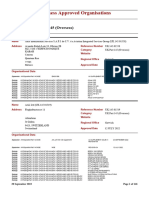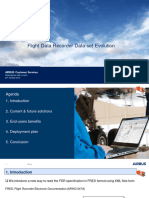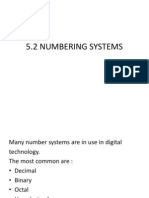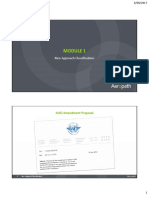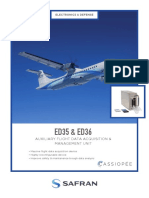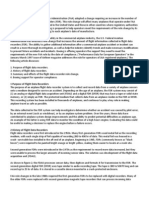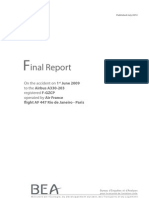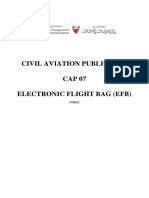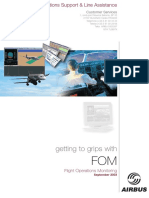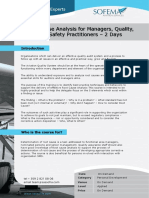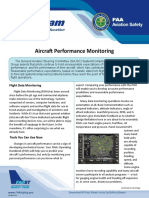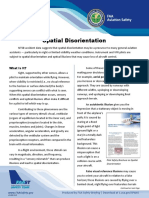0% found this document useful (0 votes)
180 views1 pageFlight Data Monitoring for Pilots
Flight data monitoring systems allow pilots to collect and review flight information to improve piloting skills and monitor aircraft health. Pilots can overlay flight data on charts to assess precision in following flight plans or instrument approaches. Examining various readings over multiple flights can help identify issues and lower maintenance costs. FDM is a powerful tool for pilots to identify ways to improve skills and aircraft condition.
Uploaded by
elaboratesolverCopyright
© © All Rights Reserved
We take content rights seriously. If you suspect this is your content, claim it here.
Available Formats
Download as PDF, TXT or read online on Scribd
0% found this document useful (0 votes)
180 views1 pageFlight Data Monitoring for Pilots
Flight data monitoring systems allow pilots to collect and review flight information to improve piloting skills and monitor aircraft health. Pilots can overlay flight data on charts to assess precision in following flight plans or instrument approaches. Examining various readings over multiple flights can help identify issues and lower maintenance costs. FDM is a powerful tool for pilots to identify ways to improve skills and aircraft condition.
Uploaded by
elaboratesolverCopyright
© © All Rights Reserved
We take content rights seriously. If you suspect this is your content, claim it here.
Available Formats
Download as PDF, TXT or read online on Scribd
/ 1


